
18 minute read
EREBUS MEMORIAL PARK
On 28 November 1979, 257 lives were lost when flight TE901 crashed on Mt Erebus, Antarctica. The ensuing failures of the government of the day, and Air New Zealand, compounded the suffering of Erebus families including those involved in the ice phase (recovery).
Forty years on, 28 November 2019, the Rt Hon Jacinda Ardern, Prime Minister of New Zealand, apologised, “for the actions of the airline then in full state ownership”.
A pledge was given to build a National Erebus Memorial but the question remains, where?
Proposal for a dedicated, purpose-built, Erebus Memorial Park.
The purpose of this kaupapa is to develop the opportunity for a dedicated Erebus Memorial Park for the National Erebus Memorial, for the consideration of all those affected by the Erebus tragedy and the wider community.
The proposed Western Springs Precinct location presents the following key opportunities:
• A dedicated Erebus Memorial Park
• Central Auckland location, close to major transport links - motorway, bus, cycleway and carparking
• Adjacent the aviation section of the Museum of Transport and
Technology - opportunity for ongoing education on the Erebus tragedy and for long term, inter-generational remembrance • Adjacent to Meola Reef Reserve Te Tokaroa which is the subject of a major upgrade. Te Tokaroa is home to diverse wildlife on the shores of the Waitemata. It is also dog walking friendly.
• Be a destination in its own right and be a true place for reflection and remembrance.[1]
The design concept of the Erebus Memorial Park has two key elements:
The upper, formal area incorporates the Te Paerangi Ataata - Skysong (the existing proposed Memorial design element) that looks skyward and toward Meola Reef Reserve Te Tokaroa, the rock formation built by fairies out into the harbour to escape at night before the morning light. The outfall on the eastern side of the reef is from the springs that were the second major water source for the nascent city.
The lower, walled garden includes opportunity for a waterfall and fresh water reflection pool within a private, garden setting. The lower aspect of the site is currently a carpark. The Erebus Memorial Park would transform asphalt to grass, trees and water-source, a place of new life and renewal, and provide opportunity for family members to select trees for this living memorial.
[1] Refer to Boffa Miskell, Erebus Memorial Site Selection Process, 17 August 2018.
Context for the proposal of a dedicated Erebus Memorial Park.
The current location selected by the Ministry for Culture and Heritage for the National Erebus Memorial is the historic Dove Myer Robinson Park on Mataharehare /Taurarua Pa site in Parnell, Auckland.
However, the site selection process for that location was poor and its unsuitability established by the Ministry’s independent advisors. That site has been rejected by large sections of the community including Erebus whanau due to flawed process. Aubrey Brough was a passenger on TE901 and his daughter Margaret’s change.org/ mataharehare petition to parliament has collected 15,000 signatures. For more information on that site visit www.SOSNZ.org.nz
New Zealand needs to find a meaningful home now for the National Erebus Memorial, and the proposed, dedicated Erebus Memorial Park at Western Springs Precinct could provide this.
We want locals to view the plans and give us their suggestions regarding the design and the location.
There have been other sites suggested but there are so many good reasons to have the memorial at Western Springs. There is the Museum of Transport and Technology’s Aviation Hall for a start. There’s also the popular tram service, and locals know all about the beautiful walks out to Meola Reef. There is the zoo and Western Springs Forest; families could make a day of it.
The land suggested would be large enough to incorporate the Memorial’s existing design design and a lower walled garden could contain a water reflection pool or waterfall within a beautiful garden setting.
We are not speaking on behalf of all Erebus families. We are simply putting this opportunity out there. It is an informed opportunity, based on the Boffa Miskell report, and the Colmar Brunton survey.
(Boffa Miskell Erebus Disaster Memorial site selection process. 17 August 2018.) (Colmar Brunton Families of Erebus / Overdue Ice Phase Members prepared at the request of the Ministry of Culture and Heritage. 14 August 2018.)
The Erebus Memorial Park initiative is working to provide an option for the consideration of Erebus whanau and the wider community and welcomes your thoughts, input and involvement. PN
For further details visit www.EMP.org.nz
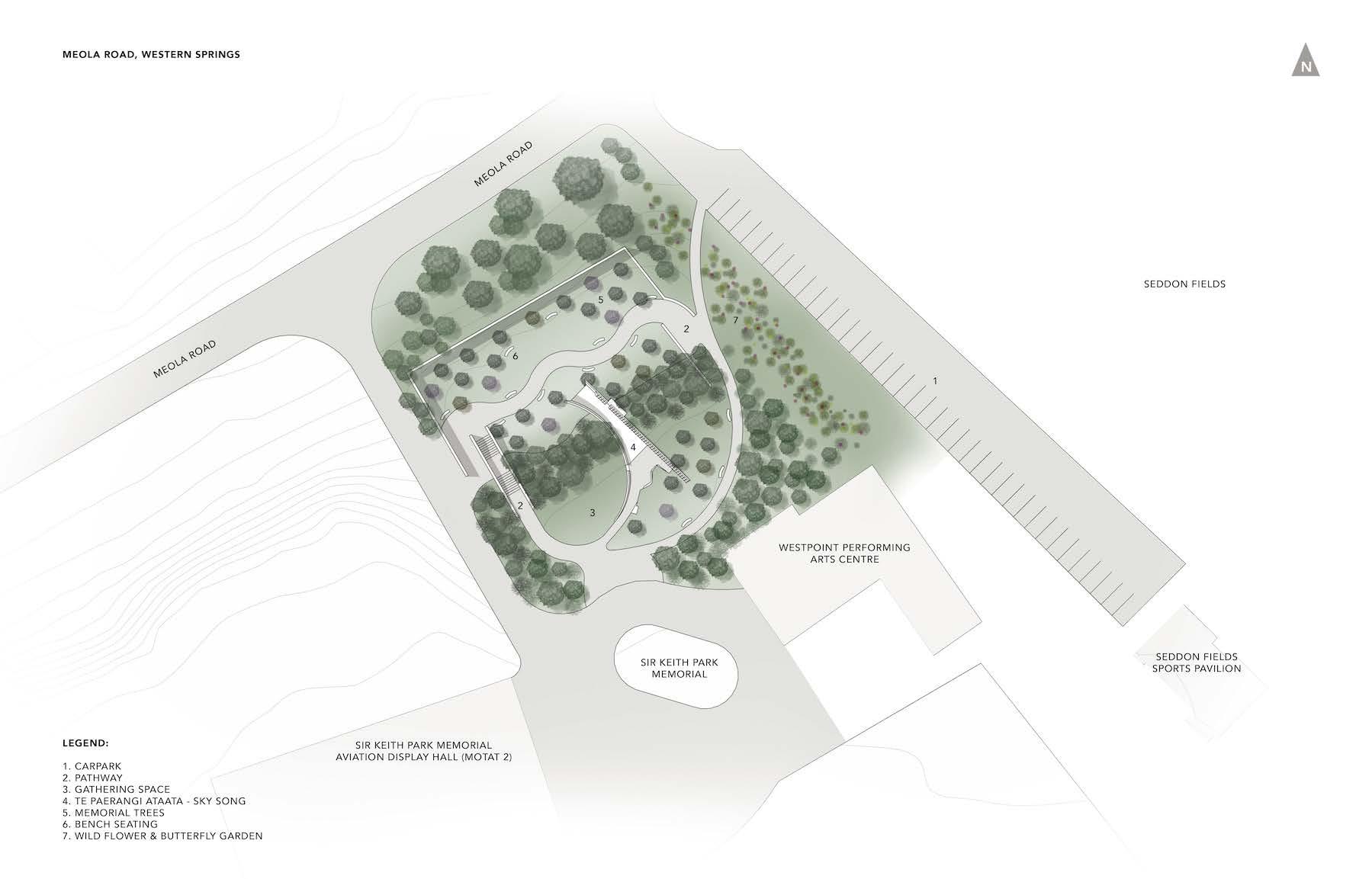
LOCAL NEWS EREBUS MEMORIAL PARK CONCEPT - SUNDAY 25 JULY @ 200 MEOLA ROAD, WESTERN SPRINGS PRECINCT
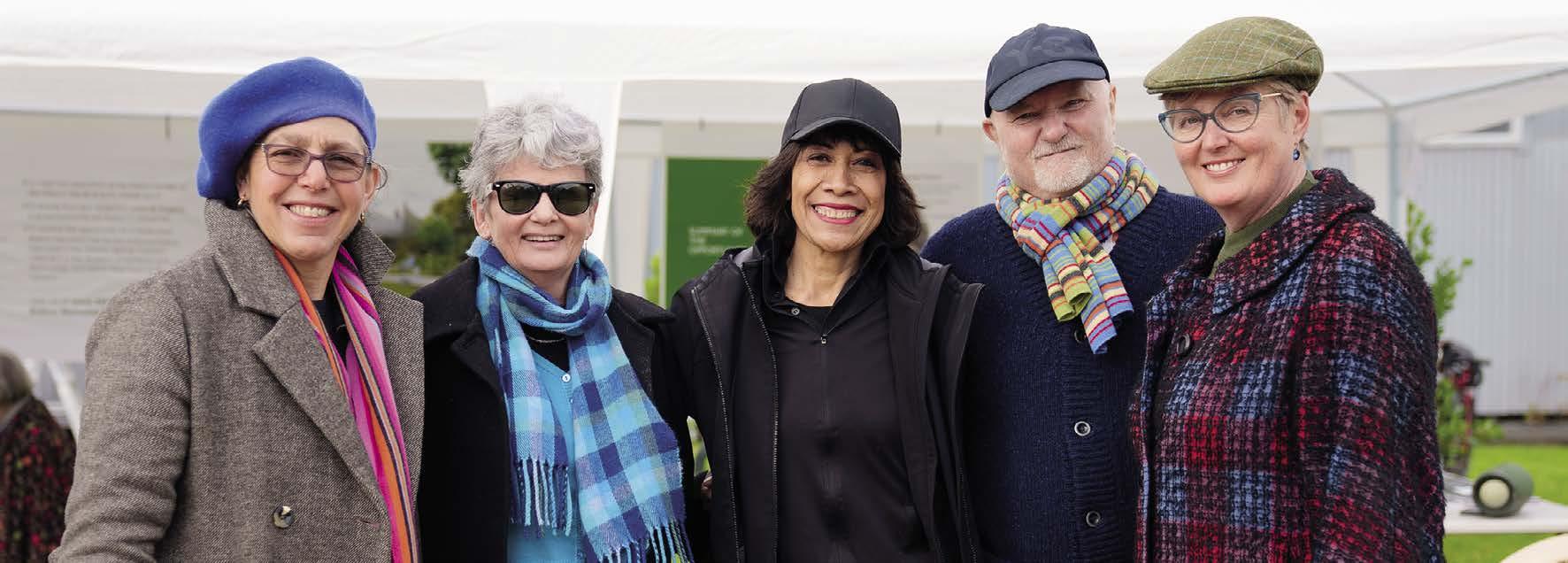
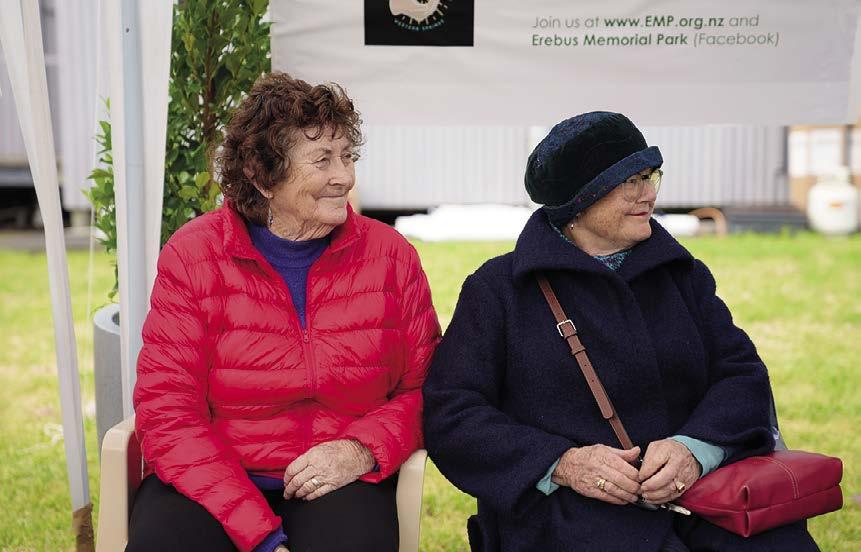
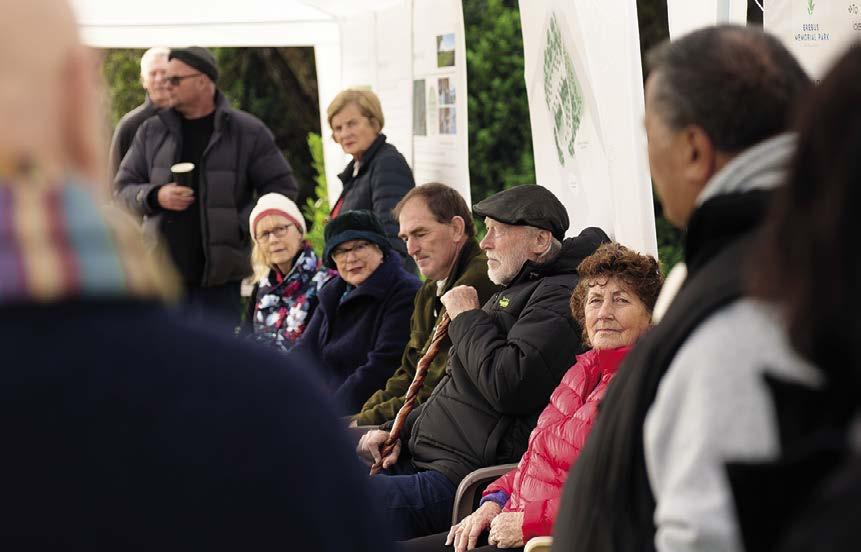
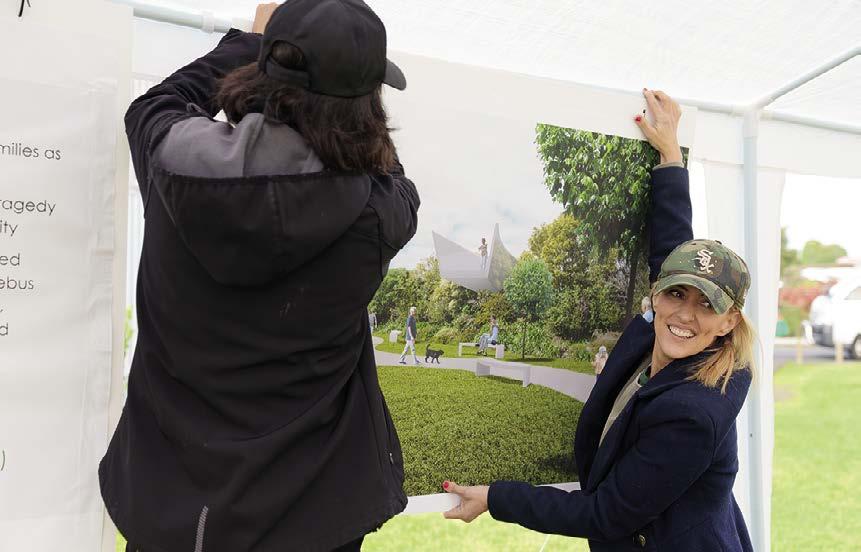
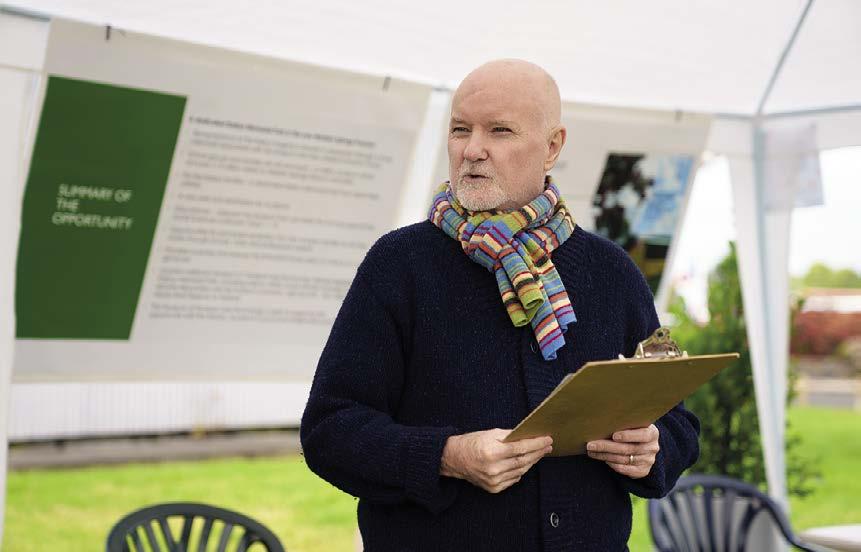
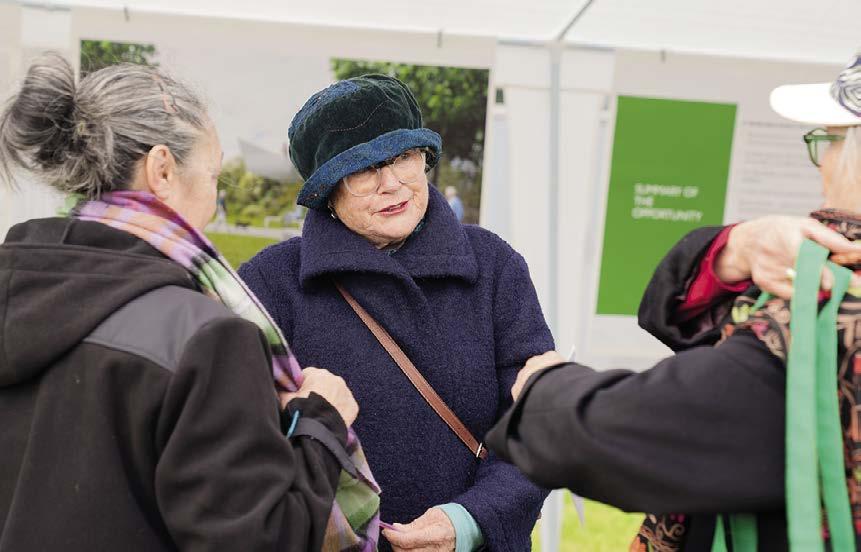
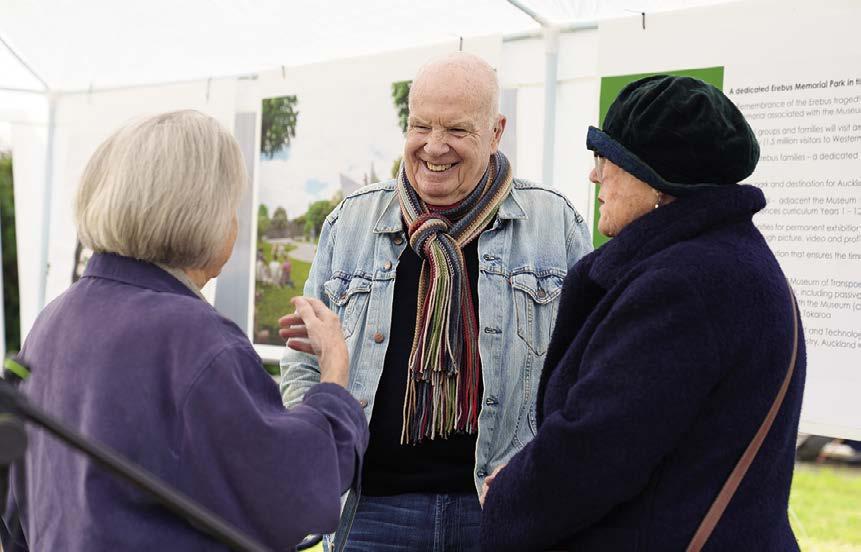
Photography: Connor Crawford
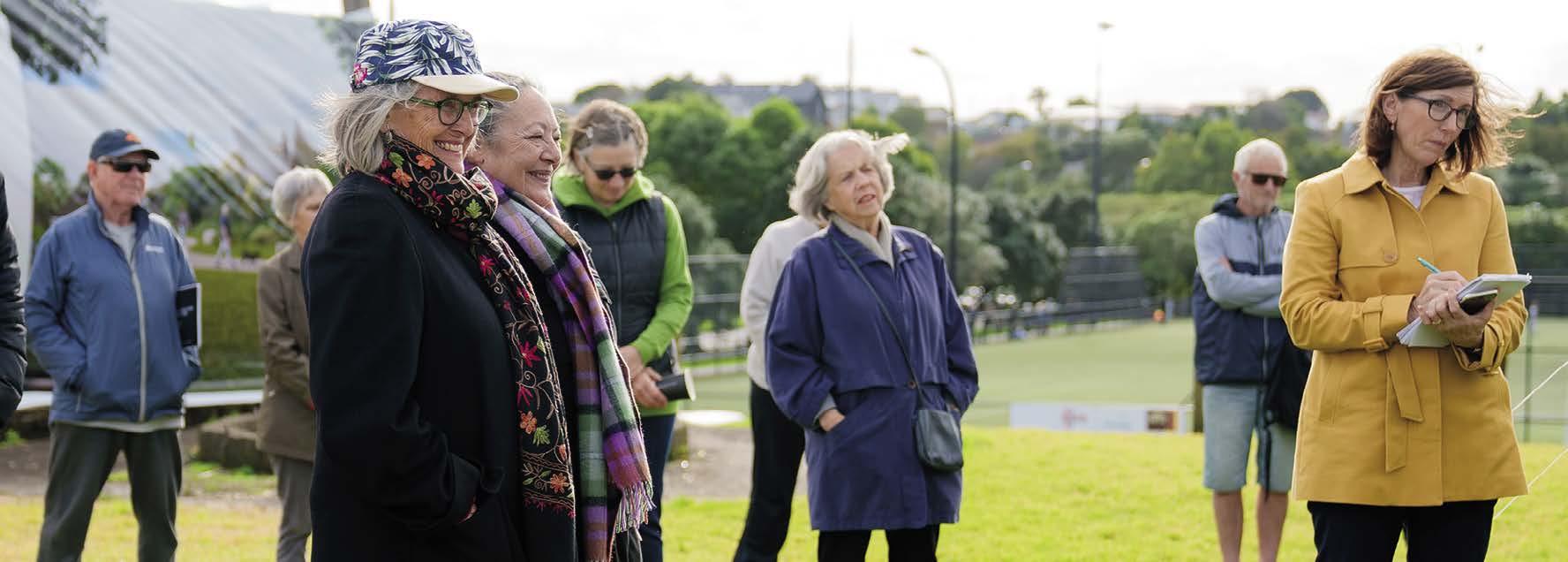
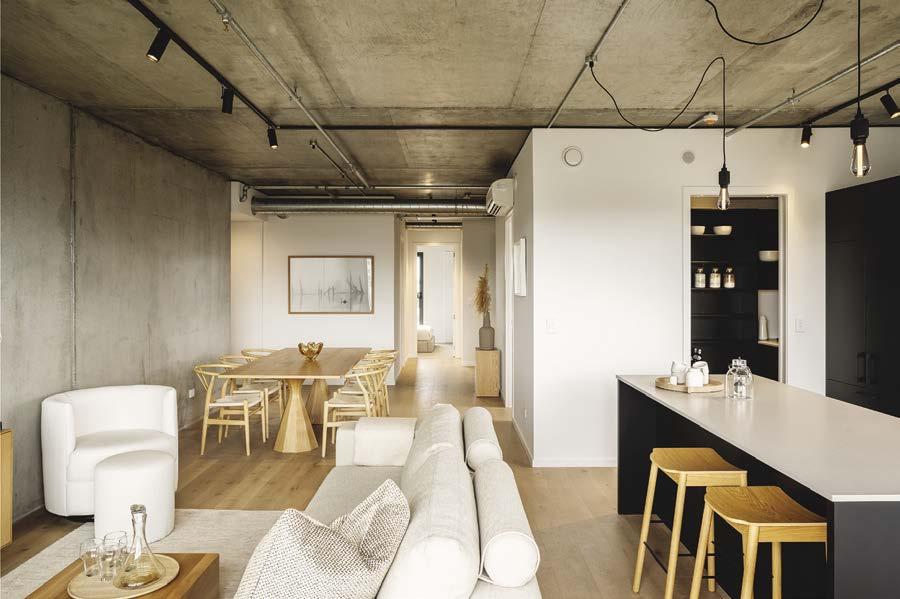
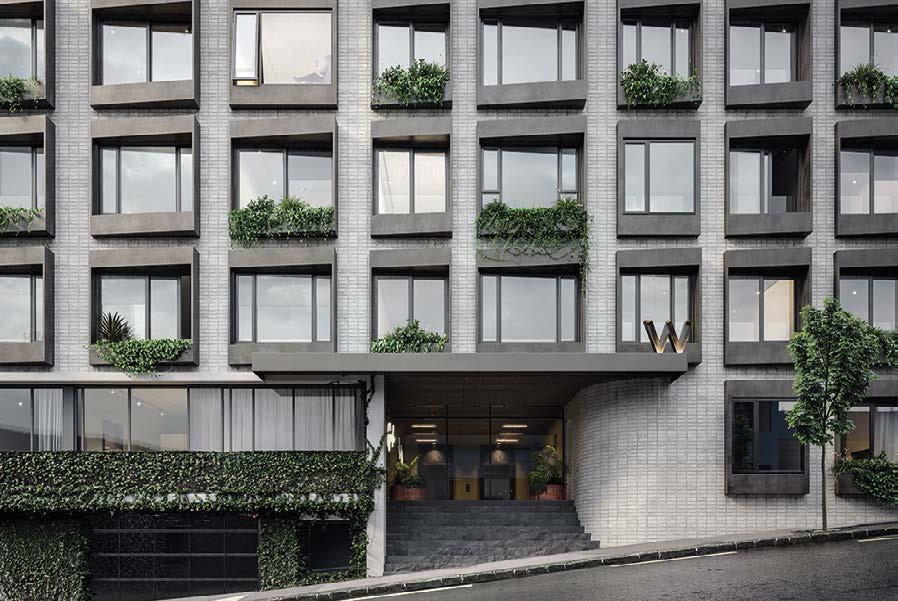
WONDER - A NEW DEVELOPMENT FROM URBAN COLLECTIVE
Urban Collective are a team of experienced multi awardwinning developers who have made a philosophical decision to focus on building freehold high-end and boutique residential developments.
Established to fill a gap in the market for attainable luxury, with bespoke architecture, sophisticated interiors and distinctive design. "As developers we recognise the importance of creating buildings that endure, by using the best materials and methods available and investing in an architectural and design strategy based on quality, durability and honesty."
Wonder is their transition into sustainable development and their fifth project on the northern slopes of Eden Terrace. They continue to anticipate the needs of discerning residents, utilising practices that result in reduced ongoing costs and carbon footprint.
Their showroom will be open to the public from Saturday 7 August, see their website for further details.
wonderapartments.nz
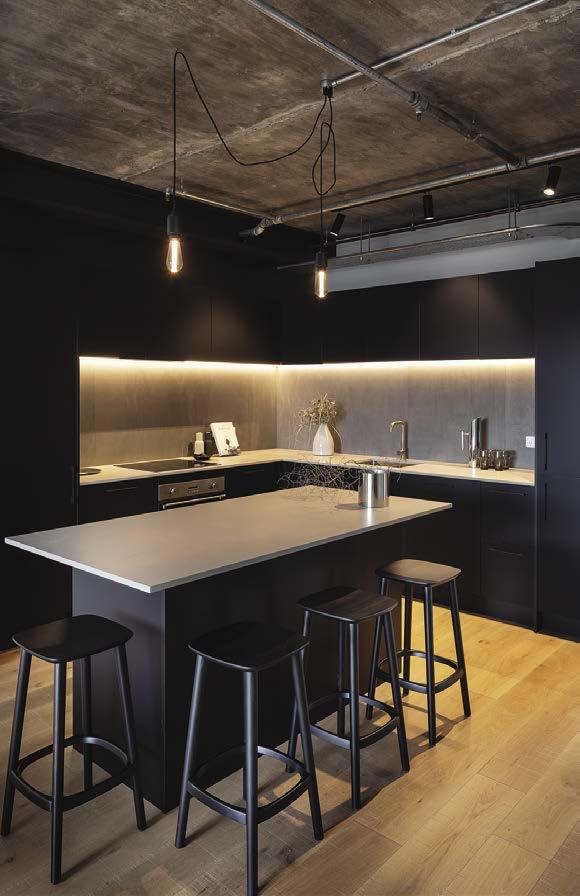
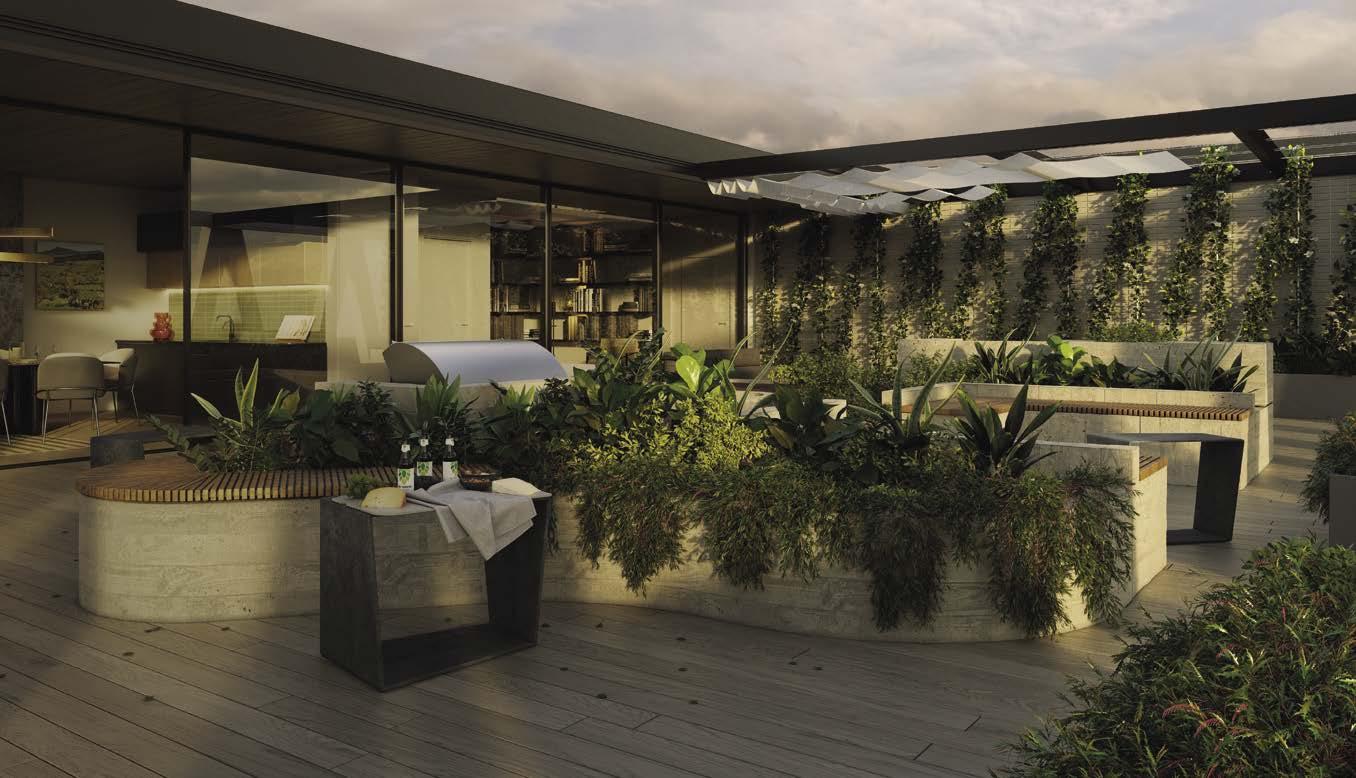
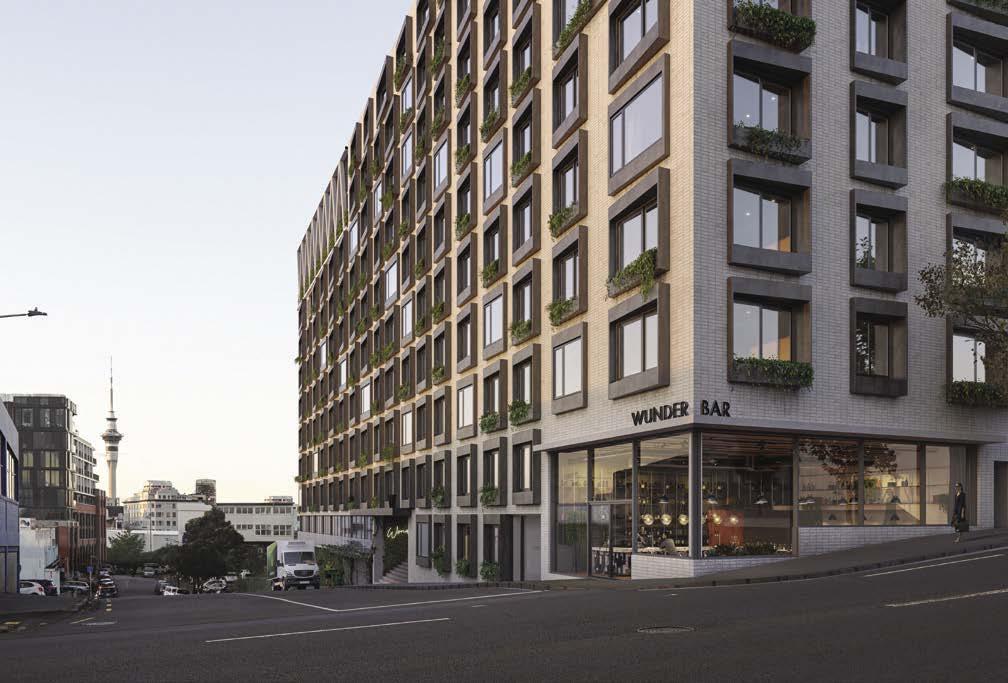
LOCAL NEWS JOHN ELLIOTT: WESTERN SPRINGS FOREST AFTER THE PINES
The sad news is that the 200 old pines have gone for good. Many local residents will miss them daily - the sun skewering through the foliage in the late afternoon was a joy to see on a sunny afternoon.
The other bad news is that many of those pines were not rotten. They did not all need to come down. However, there is some good news.
Martin Leach, and I, were taken through the forest by Lucy Kitching, Corporate Communication Specialist, and Regional Arborist and Eco Manager, David Stejskal for an inspection. I was pleased to see huge swathes of rejuvenating natives still in place. They will grow from a current 10 to 12 feet, to mature trees more quickly than some people predict, if conditions in the forest are optimum.
There is, however, a huge bare patch where the road was put through for equipment to drag logs out, and chip most of them. Much of the chip (95% David reckoned) has been removed but a lot of chip still sits there on, above, and below the road where new planting has already begun.
I asked Lucy Kitching, to get answers to some questions that exercised my mind. Answers were supplied by courtesy of Taryn Crewe, GM Community Facilities.
A planting plan was sent to me. Pasadena Intermediate students were invited to begin the planting. I saw the fruit of their efforts - 140 natives planted just above the road. They included a number of cabbage trees (Te Kouka).
I was concerned to see so many cabbage trees in one clump, in what will be the middle of the rejuvenating forest.
The list of natives to be planted is very varied and comprehensive and includes well-known natives like manuka, kanuka and mahoe (2000 plus in all). Others to be widely sprinkled through the forest include karamu (650), houhere (lacebark, 325), with a generous coverage too of karaka, kahikatea, kohekohe, porokaiphiri (pigeonwood), kawakawa, kohuhu, totara, kowhai and puriri.
One of my disappointments is that all those mentioned above are one to two litre size – very small. These littlies will take a long time to grow to maturity. There are, however, 20 specimen trees to be planted - five taraire, five karaka, and 10 kohekohe. These will be 45 litre, much bigger trees.
As I have told readers before, I helped with the restoration planting of Tiritiri Matangi Island, and served on the Tiri committee for a short time. There are planting guidelines that need to be heeded.
It is very important to determine which natives thrive best in the middle of a forest, and which prefer the fringes. Cabbage trees like the bush fringe, so too do kawakawa. Kahikatea are happy with wet feet, so do well on swampy ground. It is not just a case of jamming any of them anywhere at all. After talking with David Stejskal, I’m sure council arborists will be good advisers on these matters.
My other main concern about new planting is dealing with the depth and coverage of the chips from the chipped pine logs. Where the road was put through must be remediated to satisfy the resource consent, returning the original contours of the forest. Maybe planting should have been held up on the roadway until the 15-20 centimetres of chip is dealt to. Planters are meant to dive down to the earth below the chip when planting.
The council reply to me said this about the chip: “where there are pockets of deeper mulch, these will be shifted to allow for planting. As a result, there may be smaller piles of mulch between the planted natives.”
This could be problematic, and will certainly require mature planters. Fortunately most planting is being done by Wildland.
I had a chance, thanks to Lucy Kitching’s facilitation, to have a further chat with David Stejskal on my concerns about the replanting. David was very approachable, knowledgeable, courteous and professionally helpful. He explained so lucidly what was happening, the benefits of cabbage trees - strong roots on sloping ground giving stability, their attraction for insects (food for birds) and the subsequent spreading of seeds. He also defended the planting with one litre and two litre grade seedlings. “They will take more easily than bigger seedlings”, David maintained, “and may even outgrow the 20 or so large specimen natives which will be planted up on the ridge.” Much of the remaining chip will be ‘broadcast’ away from where planting is occurring making it easier to plant down to soil, David further assured us.
I came away from those discussions confident that council plans for the replanting, are sound. They know what they are doing.
So, finally I would say that the result of the demolition of the pine trees has been uneven, with some bare spaces, but with large groups of regenerating natives still in place and thriving.
The forest will need regular maintenance after planting, for some years, and we know that noxious weeds will be a constant irritant.
Next month we will address the question of weed and pest control, and discuss the council plan to use glyphosate quite liberally. We hope that can be more strictly controlled, or preferably banned outright, whatever the outcome of the present review by the Environmental Protection Authority. (JOHN ELLIOTT) PN
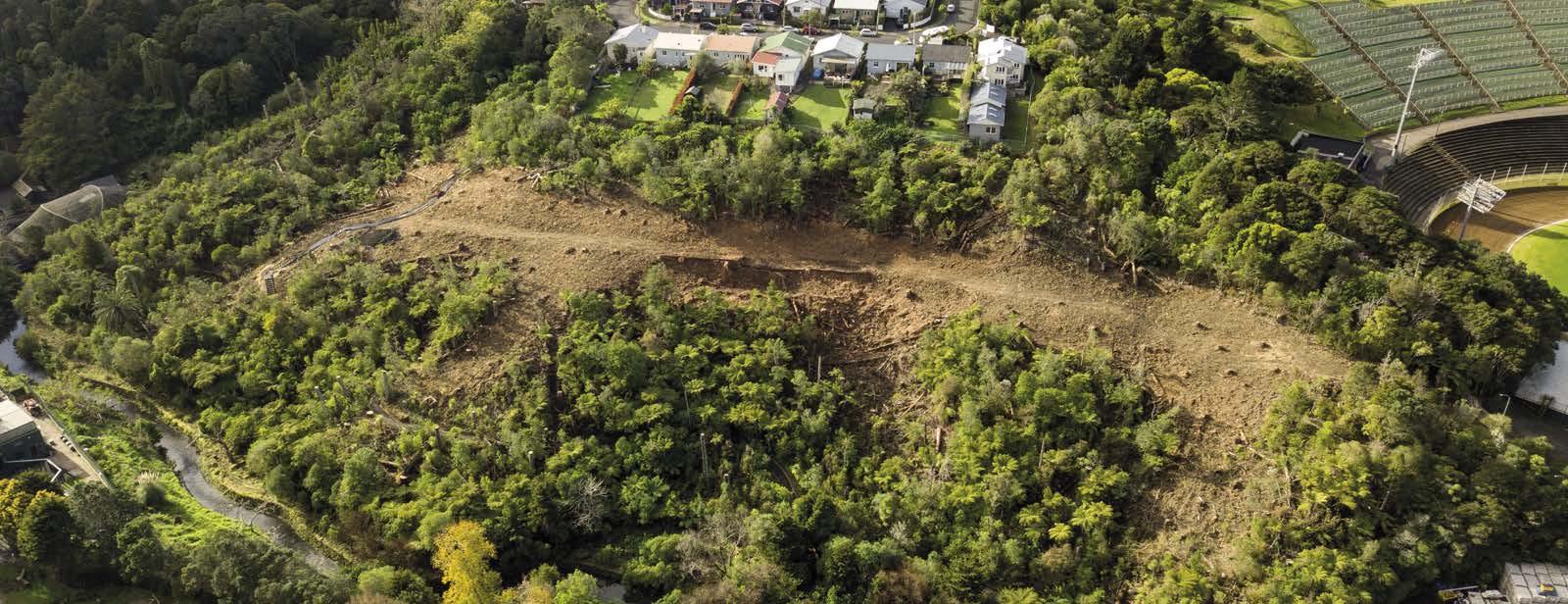
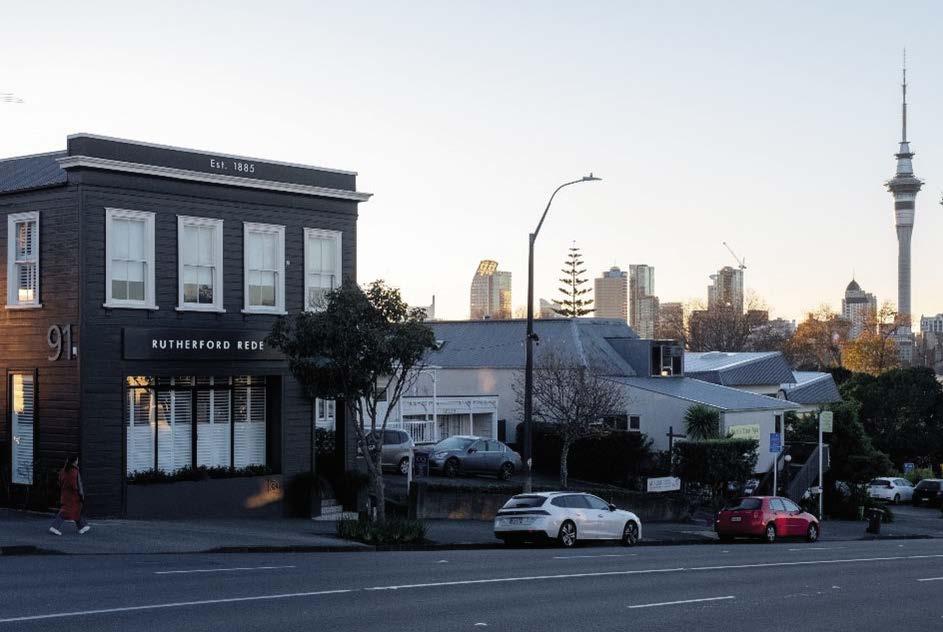
Rutherford Rede Building
College Hill 1885 91 COLLEGE HILL – A BUILDING WITH A PAST… REFURBISHED FOR THE FUTURE
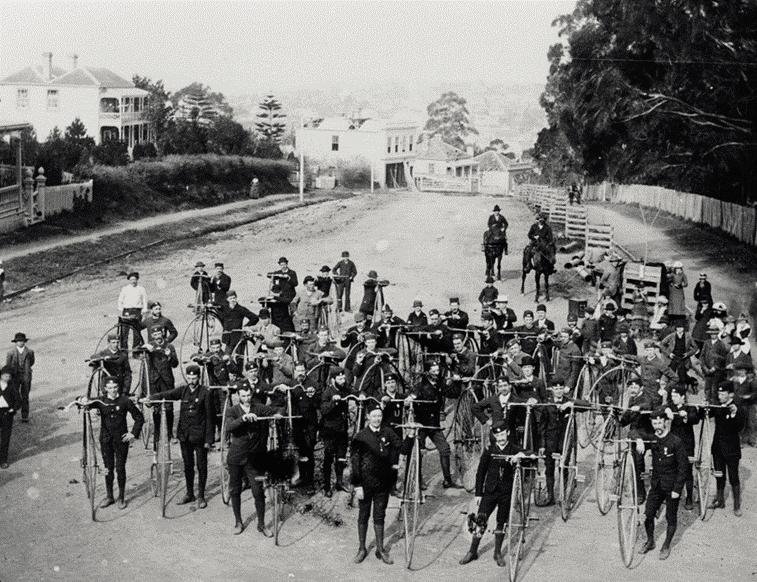
Chances are as you have been heading to or from downtown Auckland you will have seen the heritage building at 91 College Hill. It has been a feature on the rise up from Victoria Park since early in Auckland’s growth into the city it is today.
Walking tours stop and give it the eye, and it now stands as an example of sympathetic, but bold renovation, undertaken by respected financial management advisory firm, Rutherford Rede.
Rutherford Rede’s business founder, Jocelyn Weatherall, says she applied principles familiar to the world of finance to the refurbishment of the building when it was purchased in 2018: “respect and learn from the past, understand the present and prepare for the future”. As a result, the building is now set to serve generations to come.
“The building has a rich, interesting history, but when we purchased it to support our own growth as a company it was needing work to make the most of its potential; much TLC – tender loving care – was required, and given to the project,” says Jocelyn.
91 College Hill, now the Rutherford Rede Building, was built in 1885/86. It is understood that it was built for a woman who lived on the other side of the city in Rose Road, Parnell – making her an early property developer (and someone clever about diversifying their assets).
Bordering St Mary’s Bay, where along with Parnell some of Auckland’s grandest early homes were built, the building originally faced open paddocks before they were filled in with workers cottages linking through and up to Three Lamps and Ponsonby.
College Hill itself, too steep for horse drawn carriages, dropped down from the ridge of Ponsonby/Jervois Road to shipyards, sawmills and of course from 1905 to the city rubbish incinerator (known as ’The Destructor’), whose chimney remains a feature of Victoria Park village.
Clearly, much has changed; since that time, and through the hands of multiple owners, the building has served as a respite for veterans, a lawyer’s office and a boutique hotel. There was a dubious period in the 1980s when it was operated as a “health club”.
“When we took it over the interior had been painted an oppressive dark blue which, coupled with a dark carpet, led to a closed-in feeling whenever you entered the building; upstairs were multiple small rooms.”
Jocelyn, who has renovated a number of villas over the years, knew the value of opening up spaces, and keeping the interior as bright as possible utilising white tones, and bringing in natural light to give a sense of space and connectedness. The individual rooms were converted to open plan office areas while the entrance foyer was kept and furnished to serve as a comfortable area to welcome clients. Ground floor areas were renovated for luxe meeting spaces of various sizes for flexibility – including a grand board room.
Sustainability is another part of Jocelyn and Rutherford Rede’s ethos. With this as part of their values, natural features of the building were enhanced and beautiful native timbers were repurposed where possible.
“Places are important to people. They can give a sense of belonging and heritage buildings such as this can also represent the solidity and security that we embody as a business as well.
“I enjoy coming here for work, even when there is the option more and more for people to work from home. When you create an inviting space you play to that need for connectedness, for focus, and that in turn creates a positive culture,” adds Jocelyn.
The Rutherford Rede Building continues to link the communities of Three Lamps/Ponsonby and St Mary’s Bay with their past and their future. PN
As part of that, readers are invited to share any stories of the history of 91 College Hill with Rutherford Rede at mhornblow@rutherfordrede.co.nz.
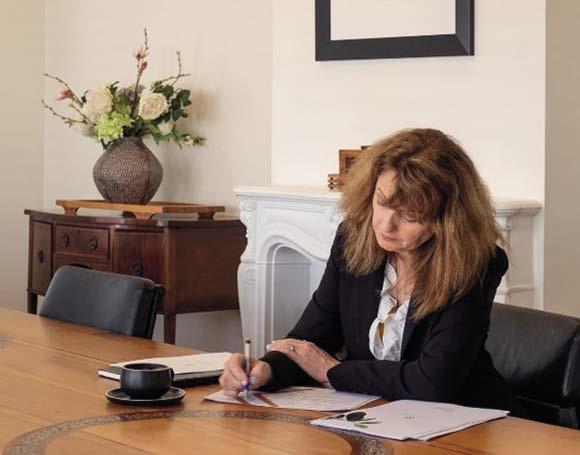
Jocelyn Weatherall in Rutherford Rede Board Room

LOCAL NEWS MARK GRAHAM: CREATING A BETTER AUCKLAND
Our city is inevitably and irrevocably changing and we need to shape that change, not resist it.
There’s a lot going on and some are not happy. Change is not comfortable, but it’s being forced on us by factors outside our control. Those who don’t want change have little choice but to accede.
Am I saying we should just accept what Council and Auckland Transport are proposing with no question? Absolutely not.
Council is often wrong, has improvements to make to its communications with the community, and can be inefficient. But wholesale opposition to everything Council and AT do because of perceptions of unproved corruption, or a desire to keep our streets and our lives as they are now, is counterproductive, retrograde, imposes extra costs and forces badly needed changes to be delayed indefinitely.
We have processes for involvement in decisions and it’s time we stopped tantrums every time something happens we don’t like. The abuse of our elected members and council officers must stop, too.
Auckland faces a complex mix of critical issues. We have a shortfall in infrastructure spending going back decades, so not only do we need to adapt to a challenging future, but we must catch up on building infrastructure that is adequate for today and future decades.
We have grown from barely one million people in 2006 to now nearly two, with increases in cars and trucks (and bigger, too). Increased air and water pollution, changing shopping habits and new styles of living are all impacting on our daily lives and we must adapt on a personal basis – as must the city.
We need more homes for people to live in and built in a way that will minimise environmental impact. We must change our transport habits to accommodate these extra people or continue our endless sprawl across productive land, adding to our clogged roads and air pollution. More roads are not the answer. Our neighbourhoods need changing, too. Make our residential streets safer for pedestrians, cyclists and kids and make a nicer environment in which to live.
Let’s be clear – encouraging change to habits does not mean cars will be banned. There are those who need to use a car for an assortment of reasons, but for the rest of us, we must change our habits, starting now.
Our shopping villages are dying. I think that changing how we live and how we get around will see a revival in our local urban villages, but they need to change, too. Make them more attractive places to be, and make them easily accessible with public transport and alternative modes.
The evidence of climate change is all around us. We must change our individual behaviours and our city must build to encourage them. It also needs to anticipate these changes with infrastructure because it lasts for decades.
There are those who want to retain the past–keep roads flowing, ensure plenty of carparks, minimise infrastructure spend, leave things as they are. This is not realistic.
Change is inevitable and Council and AT, despite their inefficiencies and sometime incompetence, are actually leading our response. Our only real choice is for us all to work to meet the challenges before us and in doing so create a better city. (MARK GRAHAM) PN
Mark Graham ran for council at the last election, was part of the Western Springs Pohutukawa Savers Group, and has been active in local issues for three decades. He was a publisher in building and architecture before an accident two years ago gave him severe concussion, from which he is recovering.
@LEYS LITTLE LIBRARY
Kia ora koutou, it is August, and though Plastic Free July may be done and dusted, now is the time to imbed some of the changes you made to reduce waste and single use plastics.
Perhaps you’ve started to use those beeswax wraps someone gave you as a present instead of plastic wrap. Or you’re making a concerted effort to use the reusable coffee cup you got for Christmas instead of the single use takeaway one.
Here at Leys we are definitely trying to be better at using our reusable cups for our caffeine fixes.
To continue our waste reduction journey, we are hosting a workshop on Thursday 12 August at 2:30pm in collaboration with All Saints Church and the Auckland Council Wastewise Team.
We will learn how to transform old clothes into shopping bags; upcycling clothes we no longer wear is something we can do to reduce our use of plastic and single use items, not to mention a great opportunity to meet other locals in the community. So, bring along some old clothes (jeans are especially great) and join us for this fun and interactive workshop. You can also ask at Leys for the DIY home cleaning products recipes from our workshop in July; we can email them to you or print them on the spot. Lang’s first sound feature M (1931) reaches beyond its own plot to insinuate that the German nation as a whole had entered a new dark phase of its history, in which it is difficult to tell the criminal underworld and the forces of law and order apart. The film’s crosscutting between these two groups, and the kangaroo court at the end, conducted entirely by members of the underworld, are especially subversive. But perhaps the most chilling thing is the film’s detachment, its calm, analytic treatment of all the disturbing goings on.
The opening is characteristic: a circle of children innocently intone a nursery rhyme about a man who is coming to chop them up. Peter Lorre plays that man, and plays him so well that he subsequently found it difficult to get acting work where he wasn’t cast as some sort of psychopath. Hugely influential, this picture was voted best German film of all time in a 1995 ballot of five hundred German film historians.
Little Leys Classic Film Club returns at 3pm, Friday 27 August at Grey Lynn Library Hall. Library opening hours: Monday – Friday 9am-6pm, Saturday 9am-4pm. (CHLOË – COMMUNITY LIBRARY MANAGER) PN










